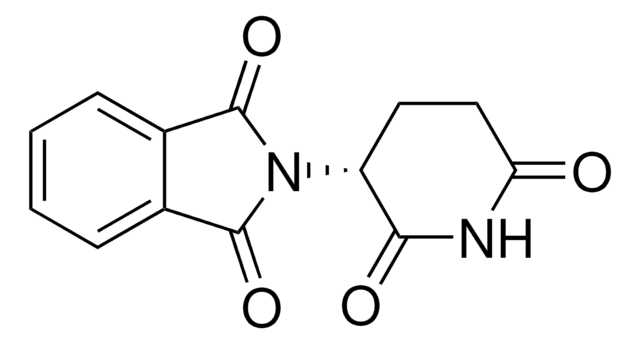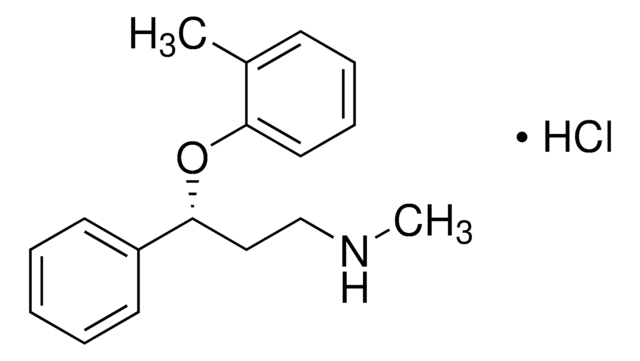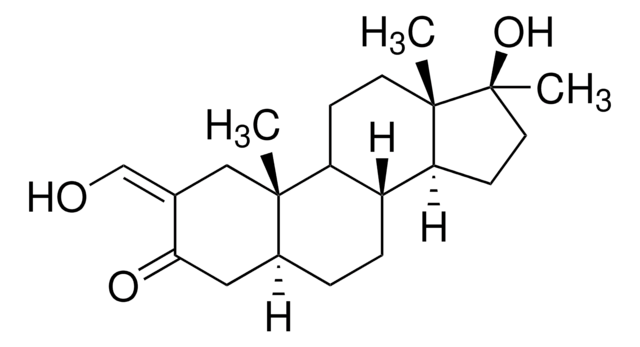T150
(−)-Thalidomide
>98%, solid
Sinónimos:
S(−)-2-(2,6-Dioxo-3-piperidinyl)-1H-isoindole-1,3(2H)-dione
About This Item
Productos recomendados
ligand
thalidomide
assay
>98%
form
solid
optical activity
[α]23/D −62.6°, c = 2 in DMF(lit.)
reaction suitability
reagent type: ligand
technique(s)
cell culture | embryo: suitable
color
white
solubility
DMSO: soluble
H2O: insoluble
ethanol: insoluble
originator
Celgene
SMILES string
O=C1CC[C@H](N2C(=O)c3ccccc3C2=O)C(=O)N1
InChI
1S/C13H10N2O4/c16-10-6-5-9(11(17)14-10)15-12(18)7-3-1-2-4-8(7)13(15)19/h1-4,9H,5-6H2,(H,14,16,17)/t9-/m0/s1
InChI key
UEJJHQNACJXSKW-VIFPVBQESA-N
Gene Information
human ... LITAF(9516) , TNF(7124)
mouse ... Nos2(18126)
rat ... Nos1(24598)
General description
Application
Biochem/physiol Actions
Features and Benefits
Preparation Note
Application
related product
signalword
Danger
hcodes
Hazard Classifications
Acute Tox. 4 Oral - Repr. 1B
Storage Class
6.1C - Combustible acute toxic Cat.3 / toxic compounds or compounds which causing chronic effects
wgk_germany
WGK 3
ppe
Eyeshields, Gloves, type P3 (EN 143) respirator cartridges
Certificados de análisis (COA)
Busque Certificados de análisis (COA) introduciendo el número de lote del producto. Los números de lote se encuentran en la etiqueta del producto después de las palabras «Lot» o «Batch»
¿Ya tiene este producto?
Encuentre la documentación para los productos que ha comprado recientemente en la Biblioteca de documentos.
Chromatograms
application for HPLCapplication for HPLCNuestro equipo de científicos tiene experiencia en todas las áreas de investigación: Ciencias de la vida, Ciencia de los materiales, Síntesis química, Cromatografía, Analítica y muchas otras.
Póngase en contacto con el Servicio técnico









